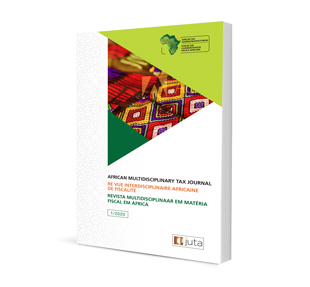
Analysis of Mining Rent Sharing : Case of the Kamoa-Kakula Project
Author: Mukoko Akabuele P
ISSN: 2709-8575
Affiliations: Economiste, Inspecteur des Finances à l’Inspection Générale des Finances RDC
Source: African Multidisciplinary Tax Journal, Volume 4, Issue 1 (2024), p. 149–166
https://doi.org/10.47348/AMTJ/V4/i1a8
Abstract
This article aims at analyzing the rent sharing within the framework of the Kamoa-Kakula project which consists of the exploitation of a copper mine, located in the DRC. Based on data from the Integrated Development Plan of this project, published in October 2020, we used the FARI model approach to analyze the tax regime of the 2018 mining code and estimate the share falling to the State and the investors. Analysis of the results of our estimates shows, on the one hand, that the tax burden is close to observed international trends. Expected state revenues are USD 7.3 billion, according to the base scenario, while the Average effective tax rate (AETR) would be between 40.6 and 53.1%. On the other hand, although the innovations introduced increase the AETR, the latter tends to increase with the profitability of the project. Which allows us to conclude that this tax regime remains progressive, despite the increase in tax rates. Although theoretically, this new code seems advantageous for the State, its implementation should be accompanied by measures aimed at strengthening tax administration and control techniques, with the aim of confronting tax optimization practices.